Mining was an essential part of the city ecosystem in Kutná Hora, and the city might not exist today without having brave miners who were willing to harvest ore to smelt into silver. It was a dangerous job that paid extremely well, considering the risks involved in delving far underground in narrow tunnels to dig out ore.
In the early days of Kutná Hora, there wasn’t much of a city to speak of, beyond a few scattered nearby settlements. Things kicked into high gear in the second half of the 13th century, when rich silver ore veins were discovered in the area, drawing thousands of people to the region from all across Europe. Everything temporarily sprouted up around the mines, initially.
“During that period, when a new city was founded, it was typically well planned, with a central square, good defensive positions, and often regularly squared town blocks. That was definitely not the case with Kutná Hora,” notes history enthusiast and co-designer Ondřej Bystroň. “First settlements were built around mines, unconnected. Chapels for the miners stood literally in the middle of the mining operation, and when mines turned out not to be prosperous, people moved without hesitation to different settlements.”
This historical tidbit is reflected in the building aspect of the game, as extra neighborhood marks are situated at the edges of the game board to motivate players to start building there. As the city became richer and more prominent, more permanent buildings sprouted up, including beautiful chapels and other critical infrastructure to support the ever growing mining operation
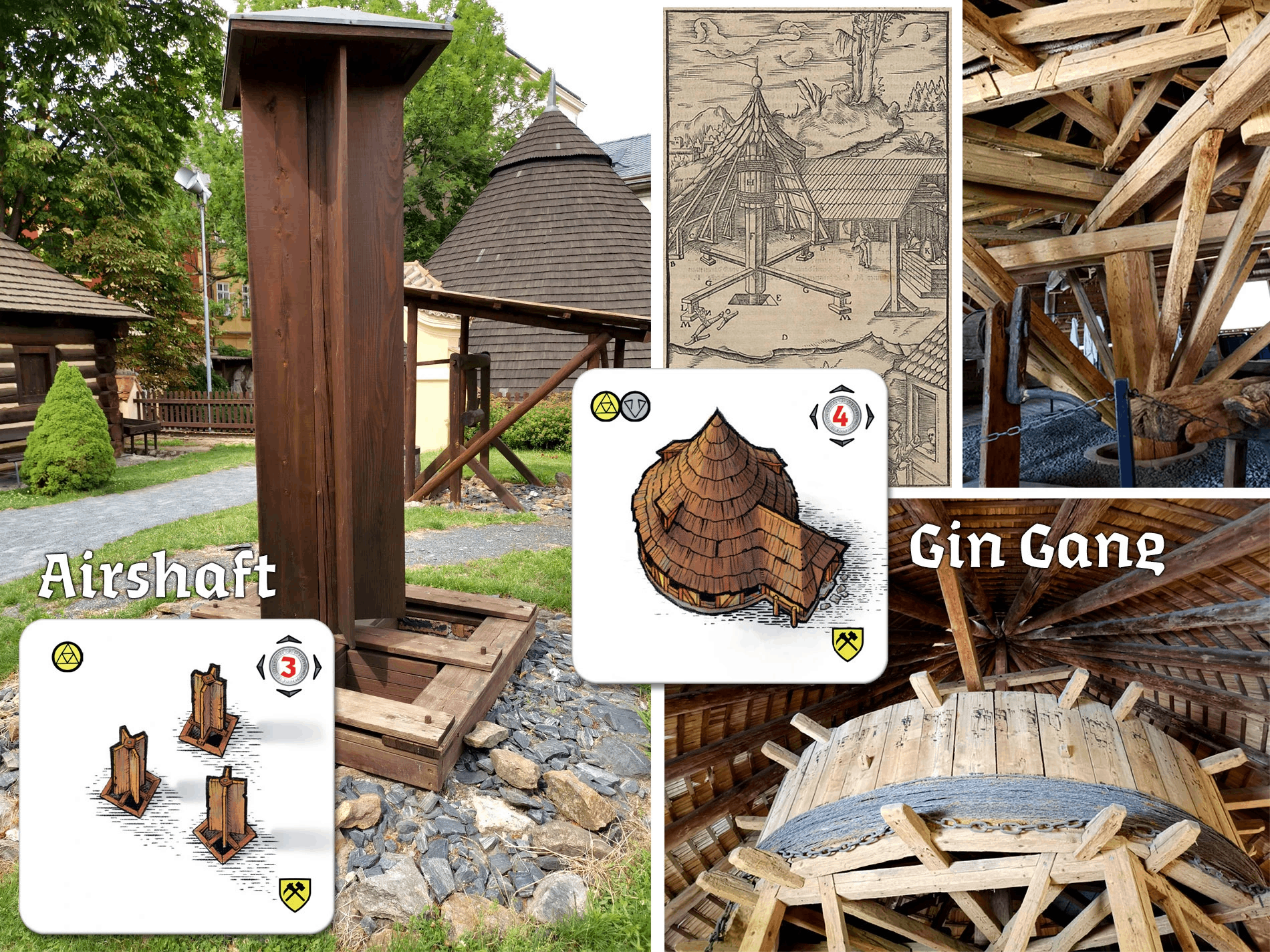 Thematic tie-ins
Thematic tie-ins
Mining was a complex operation. Getting people in and out of the mine was a time-consuming process, fresh air had to be pumped in through ventilation shafts and surface blade fan towers, and water also had to be pumped out. Ging gangs—large mining machines that acted as horse-powered winches—were used to transport ore and other material to the surface. If you look closely at some of the mining guild building tiles included in the game, you’ll notice many of these important elements are included.
Kutná Hora grew out of industrial roots, and the juxtaposition between life above ground and life below ground—and the contrasting light and darkness—is woven throughout the game’s visual style. “I wanted to recreate that sense of illumination for players, says Ondřej. “Above, you have a busy city, where everything is happening all at once. Below, you have a dark underground, with very narrow shafts and miners working. The city at the time was not particularly beautiful as it is today: there was a huge ore processing industry on the surface.”
How mining works in the game
 From a game mechanics standpoint, mining in Kutná Hora is a viable way to earn a substantial portion of end-game scoring. To build a mine, you must play the mine action card on your turn, and have enough money for the permit needed to unlock a miner from your board, enough to pay the wood cost of the mine, and there must be an available space in the mine. When placing a mine tile, you can build it to the left, right, or below an existing mine tile, and you pay the highest of the neighboring costs.
From a game mechanics standpoint, mining in Kutná Hora is a viable way to earn a substantial portion of end-game scoring. To build a mine, you must play the mine action card on your turn, and have enough money for the permit needed to unlock a miner from your board, enough to pay the wood cost of the mine, and there must be an available space in the mine. When placing a mine tile, you can build it to the left, right, or below an existing mine tile, and you pay the highest of the neighboring costs.
Mine tiles are drawn from the bottom of the stack, and they have a wide range of bonuses on them that get better as the game progresses and the stack thins. Some tiles have rich ore veins, some help you advance further in the mine with greater ease, and some help you gain a technological majority in one level of the mine—each can be useful, but it depends on what your specific plans are game-to-game.
At the end of the game, players will score differently depending on who has the majority of star symbols in each of the four mining levels. The score is also impacted by the total number of stars on tiles across each level of the mine, too.
 “Mining creates a small puzzle, where players are influencing each other, and you always have to consider how your mining operation is influencing others and you,” says Ondřej. “Mines, when played skillfully, can be a major source of income and also a huge VP boost. What is happening on the surface is also important for the mines. In Kutná Hora, the more supportive mining buildings there are, the bigger the range of choices players get in the mines, and you want to have good choices.”
“Mining creates a small puzzle, where players are influencing each other, and you always have to consider how your mining operation is influencing others and you,” says Ondřej. “Mines, when played skillfully, can be a major source of income and also a huge VP boost. What is happening on the surface is also important for the mines. In Kutná Hora, the more supportive mining buildings there are, the bigger the range of choices players get in the mines, and you want to have good choices.”
Mining’s impact on the game’s dynamic economy
The mines and the city above are directly tied together in many ways, which is both a visual connection and a game design connection, Ondřej explains. “Miners and Metallurgists are economically interconnected. So, when there is not enough ore coming from the mines, metallurgists are not earning. The same works in the opposite direction. If miners produce tons of ore, but there is no one to smelt, prices of ore go down really quickly,” he says.
Scribes, another of the game’s six distinct guilds (which we’ll look closer at next time), are also directly connected to mining. “The whole point of having bureaucracy in the city was to somehow put a legal frame to the mining,” he says. “At its peak, Kutná Hora’s silver mines accounted for roughly 30% of the whole of European silver production. Therefore kings wanted to be really sure, that everyone plays by the rules and everything is in books. But if you want to be a scribe in a city without mining, soon you have to search for another source of income.”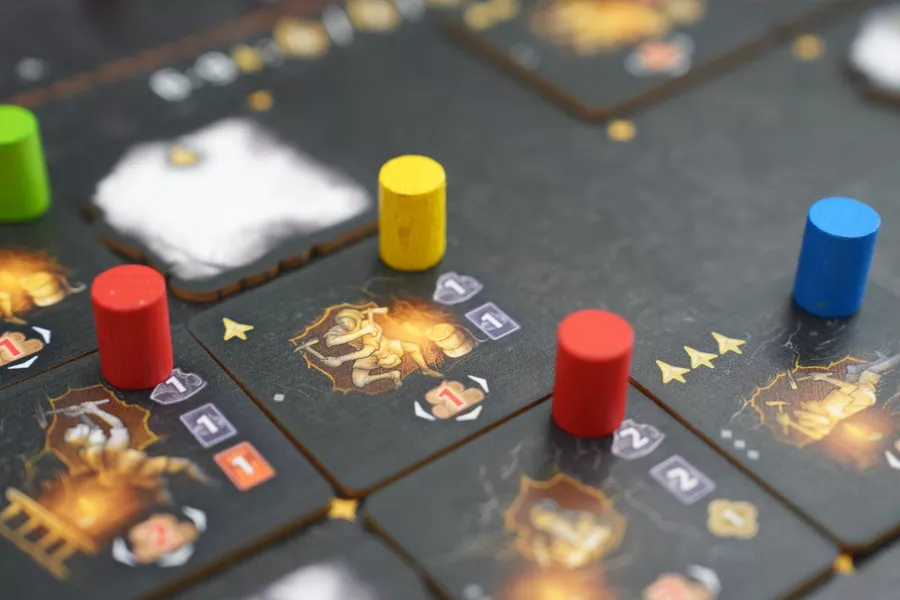
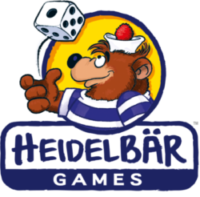
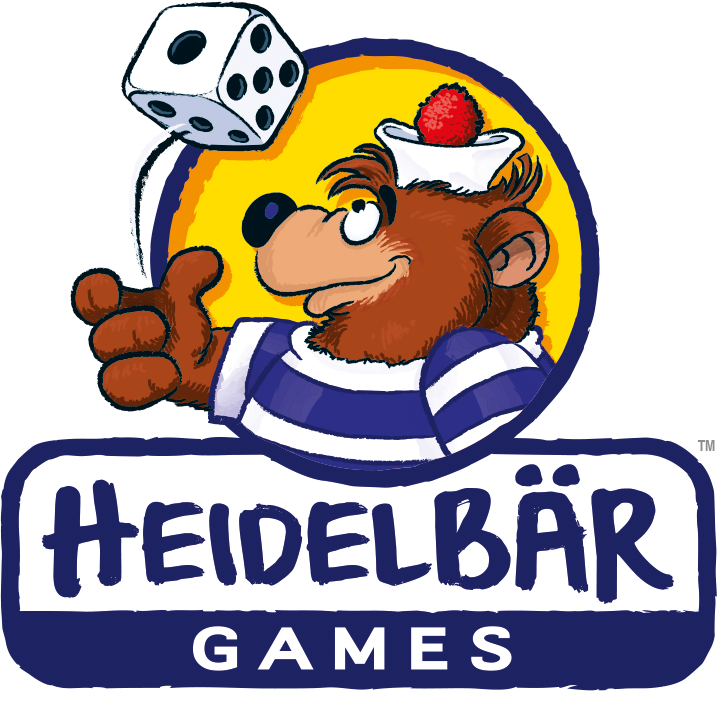
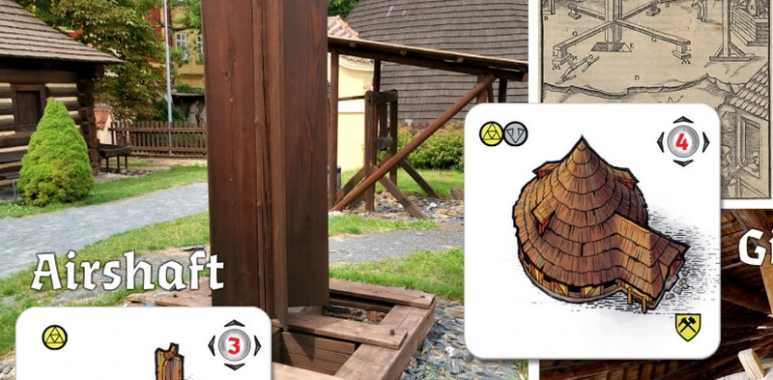
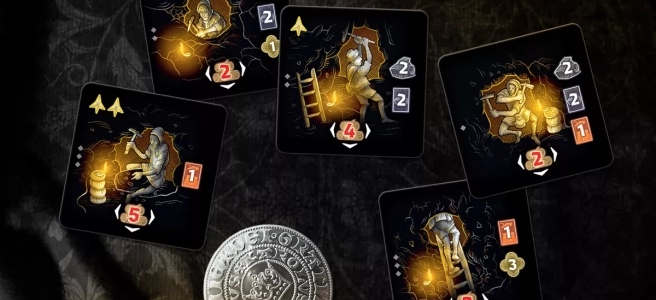
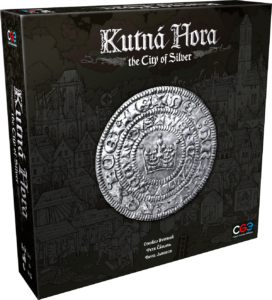 Kutná Hora: The City of Gold is a historical building Eurogame for 2–4 players from 13 years. A game lasts 60–120 minutes. It contains 1 Main board, 1 Supplementary board for the buildings offer, 4 Dual layer player boards, 2 stands for the market decks, St. Barbara tiles, Guild tiles, building tiles, Mine tiles, Councilor tokens, Cardboard coins, Action cards, Market cards, Setup cards, Set of tokens for each player (buildings, mines, plots, points, reputation, and production trackers), 1 Rulebook and Reference sheets for each player. You can
Kutná Hora: The City of Gold is a historical building Eurogame for 2–4 players from 13 years. A game lasts 60–120 minutes. It contains 1 Main board, 1 Supplementary board for the buildings offer, 4 Dual layer player boards, 2 stands for the market decks, St. Barbara tiles, Guild tiles, building tiles, Mine tiles, Councilor tokens, Cardboard coins, Action cards, Market cards, Setup cards, Set of tokens for each player (buildings, mines, plots, points, reputation, and production trackers), 1 Rulebook and Reference sheets for each player. You can